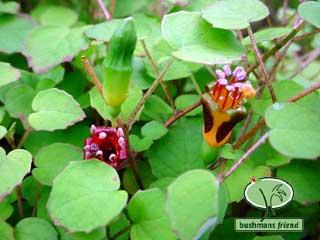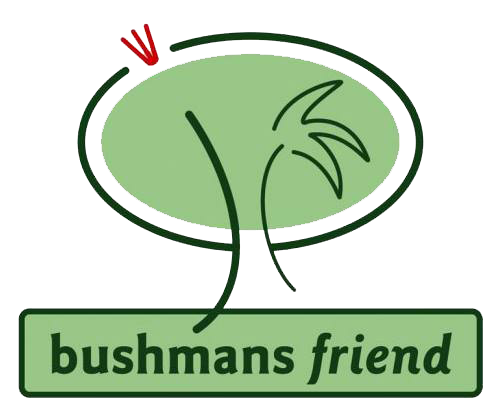
Recommended Books 
A practical field guide to New Zealand's native edible plants. Andrew Crowe 
Gardener's Encyclopaedia of NZ Native Plants by Cave, Paddison 
Trees and Shrubs of New Zealand by Poole and Adams 
The Reed Field Guide to New Zealand Native Trees by J.T. Salmon 



 
High Altitude Mountain Daisies (Celmisia Semicordata), Mt Cook NP, Canterbury, New Zealand
McCormack, Gareth
18 in. x 24 in.
Buy this Photographic Print at AllPosters.com

| A New Zealand garden
 To create a truly New Zealand garden that represent the form or features of the New Zealand flora thinkj about incorporating the following within your garden scheme.
*Tree ferns or Ponga. These ancient remnants of Gondwanaland are found only in the south-western Pacific and create a lush tropical feel. We are all proud of the NZ icon the Silver Fern but how often do you see this special fern in a domestic situation?
*The conifers Kauri Agathis australis , Rimu Dacrydium cupressinum and Tanekaha Phyllocladus trichomanoides with their unique foliage, Puriri Vitex lucens with its 9 month flowering and seeding season and Karaka Corynocarpus laevigatus , in a genus of its own, make ideal specimen trees.
* The divaricating, filiramulate or tortured shrubs that seem to grow as a tangled mass of twigs such as many plants within the Coprosma group. Divarication is thought to be an adaptation to Moa browsing as the mass of twigs and small unpalatable leaves would not make much of a meal to a browsing bird. This shape of plant may encourage seed dispersal by lizards. * Plants that have distinct juvenile and adult stages such as Lancewood Pseudopanax crassifolius and Putaputaweta Carpodetus serrata remain a source of bewilderment as they grow through stages that are obviously different in leaf shape.
*Dioeciousness or the carrying of male and female flowers on separate plants is another New Zealand feature. Be aware that if you want your plants to set seed or berries then the female of the species may be the best purchase. This is true for Clematis paniculata and Pigeon wood Hedycarya arborea.
*The Cabbage trees Cordyline and flaxes Phormium, so widespread that New Zealanders seldom realise the uniqueness of these plants. Also the grass tree Neinei Dracophyllum traverseii which looks like some strange plant from the cartoons of Dr. Zeus.
* The leafless broom Carmichaelia , with their small delicate flowers and interesting seed pods are almost totally confined to New Zealand. Hardy and thrive on neglect.
* Of course the flowering trees Pohutukawa Metrosideros excelsa, voted one of the worlds recognised ornamentals. Don't forget Kaka Beak Clianthus and for a scented flower Karapapa Alseuosmia banksii of the Kauri forests is the Chanel No. 10 of perfumed plants. These flowers would grace any garden in the world.
* The plants of the Offshore islands such as the tropical climber Tecomanthe speciosa, the local Poor Knights lily Xeronema callistemon with its beautiful crimson flower head and the large glossy leaved Puka Meryta sinclairii, grow well in northern gardens
.
* Plants of the Pseudopanax and Pittosporum groups have their headquarters within New Zealand and should look at home in any local setting. Their soft foliage and hardy nature makes them a popular choice of shelter.
* The grasses are fashionable at the moment as they are hardy, easy to maintain and suppress weeds. The toetoe (Not to be confused with that imported invader Pampas grass) is truly stunning in flower. For smaller grasses look for species of Carex, Festuca and Uncinia. Horticulturalists have selected some attractive leaf colours of these plants.
*Hebe make excellent border plants and with over 80 species and varieties to choose from they can fit into many situations.
The list of plants that exhibit a New Zealand feature is long and varied. Our flora is diverse, unique and often outrageously different. It is a National treasure to be cared for and rightfully admired. Incorporating Native plants within your garden will texture the landscape and define New Zealand's environment culture, plus support our threatened wildlife.

HOME | 